
Vanilla Chiffon Cake: The Easy Recipe to Make It Super Fluffy

Vanilla Chiffon Cake is a masterpiece of texture, it is soft, springy, and wonderfully light. It brings together the best qualities of a classic sponge cake with the richness of oil-based baking, making it uniquely moist and tender. Whether you're an experienced baker or just starting out, this recipe is simple to follow and guarantees impressive results.
This cake is great for any time of day, paired with coffee in the morning, served as an elegant dessert, or even enjoyed as an afternoon treat. It balances the taste of citrus and vanilla flavors to make it universally loved and easy to customize with different toppings and flavors..
What is Chiffon Cake?
Chiffon cake has an intriguing history. Unlike most classic cakes that date back centuries, this one is a relatively modern creation. It was invented in 1927 by Harry Baker (yes, that was his real name), an insurance salesman-turned-baker from California. For years, he kept the recipe a secret, selling his cakes to Hollywood’s elite. Eventually, he sold his formula to General Mills, which made it available to home bakers everywhere.
Unlike traditional cakes that use butter, chiffon cake relies on oil, which keeps it moist for days. That means leftovers still taste fresh long after baking.
Pro Tips for The Best Chiffon Cake
- You can sift the flour twice. This ensures an ultra-light texture and avoids lumps in the batter.
- Use room temperature eggs. They whip up better, giving your cake more volume.
- When incorporating egg whites, use a light hand to keep the batter airy.
- Don't skip the cream of tartar. It helps stabilize the egg whites and improves the cake’s structure.
- Cool your cake upside down after baking. This prevents the cake from collapsing and keeps it fluffy.
What to Serve with Vanilla Chiffon Cake?
This vanilla chiffon cake is perfect served with a cup of coffee and a dusting of powdered sugar. However, you could also serve slices of it with whipped cream or ice cream, and fresh berries like strawberries, raspberries, or blueberries.
Can I Make Chiffon Cake Without Cream of Tartar?
If you don’t have cream of tartar, you can substitute it with an equal amount of lemon juice or white vinegar. It won’t affect the taste but will help stabilize the egg whites.
Why Did My Chiffon Cake Deflate After Baking?
This usually happens if the egg whites were over or under whipped, or if the cake was removed from the pan too soon. Cooling it upside down helps prevent deflation.
Why Isn't My Chiffon Cake Fluffy?
A chiffon cake may not come out fluffy if the egg whites weren’t whipped to stiff peaks, or if they were overmixed into the batter, deflating the air. Additionally, opening the oven too early or baking at the wrong temperature can cause the cake to lose its structure.
Can I Use a Regular Cake Pan Instead of a Tube Pan?
A tube pan is best because it allows even heat distribution and gives the cake a high rise. If you must use a regular pan, avoid greasing it and expect a denser texture.
Can I Use This Vanilla Chiffon Cake Recipe for Cupcakes?
Yes, you definitely could! Simply divide it between the cups of a muffin tin that has been lined with cupcake liners, and bake them until they are puffed and cooked through. They will likely bake in less time than if you are making the full cake, so keep a watchful eye on the cupcakes as they bake.
What’s The Difference Between Chiffon Cake and Sponge Cake?
Sponge cake relies solely on whipped eggs for leavening, while chiffon cake uses baking powder and oil, making it moister and richer in texture.
Can I Freeze Chiffon Cake?
Yes! Wrap it tightly in plastic wrap and store it in an airtight container for up to three months. Thaw at room temperature before serving.
My Cake Has Air Bubbles, What Went Wrong?
Over-mixing the batter or not tapping the pan on the counter before baking can cause air bubbles. Try gently tapping the pan to release any trapped air before putting it in the oven.
How Do I Know When my Chiffon Cake is Done?
Insert a toothpick in the center; if it comes out clean, it’s done. The cake should also spring back when lightly pressed.
How to Store Vanilla Chiffon Cake
To store your vanilla chiffon cake, wrap it tightly and store it at room temperature. It should stay fresh for up to 2 days.
Ingredients
How to Make Chiffon Cake
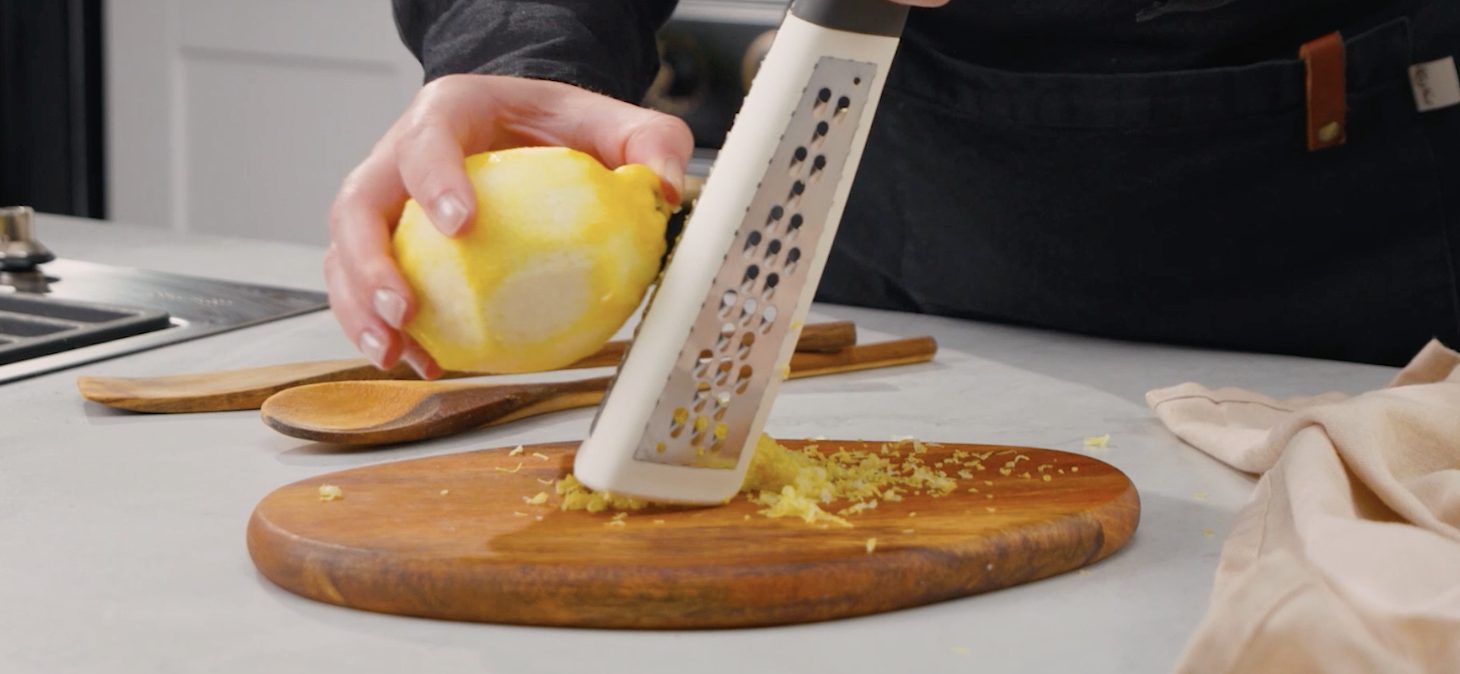;Resize,width=712;)
Grate the lemon zest for a fresh citrus aroma.
Grate the lemon zest for a fresh citrus aroma.
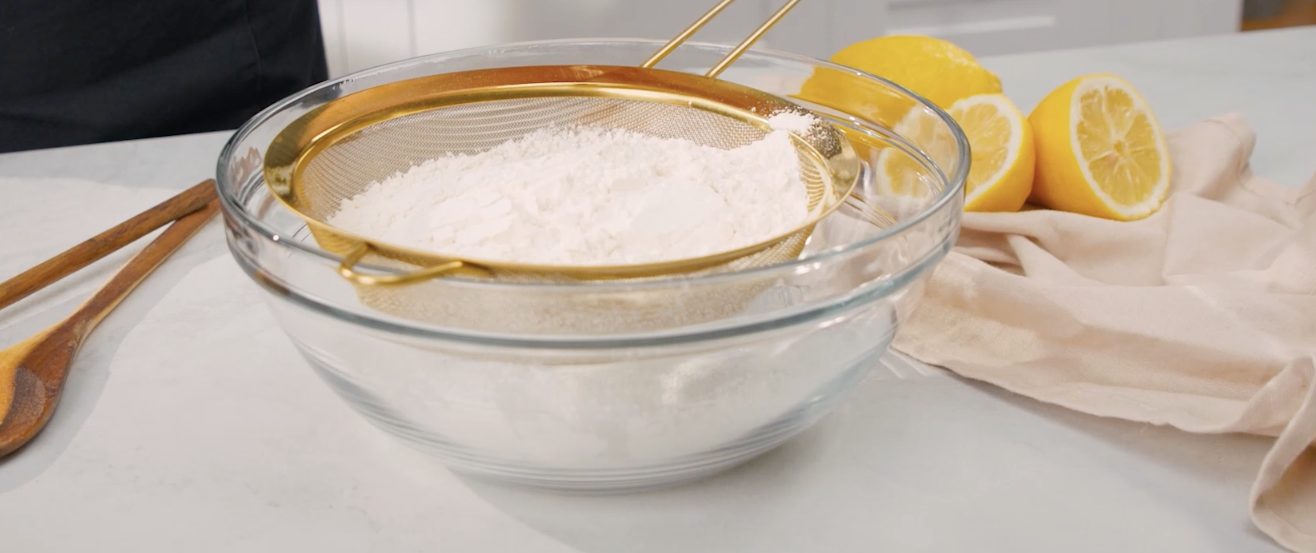;Resize,width=712;)
In a large bowl, sift the flour and baking powder, then add sugar and salt. Give this a thorough stir.
In a large bowl, sift the flour and baking powder, then add sugar and salt. Give this a thorough stir.
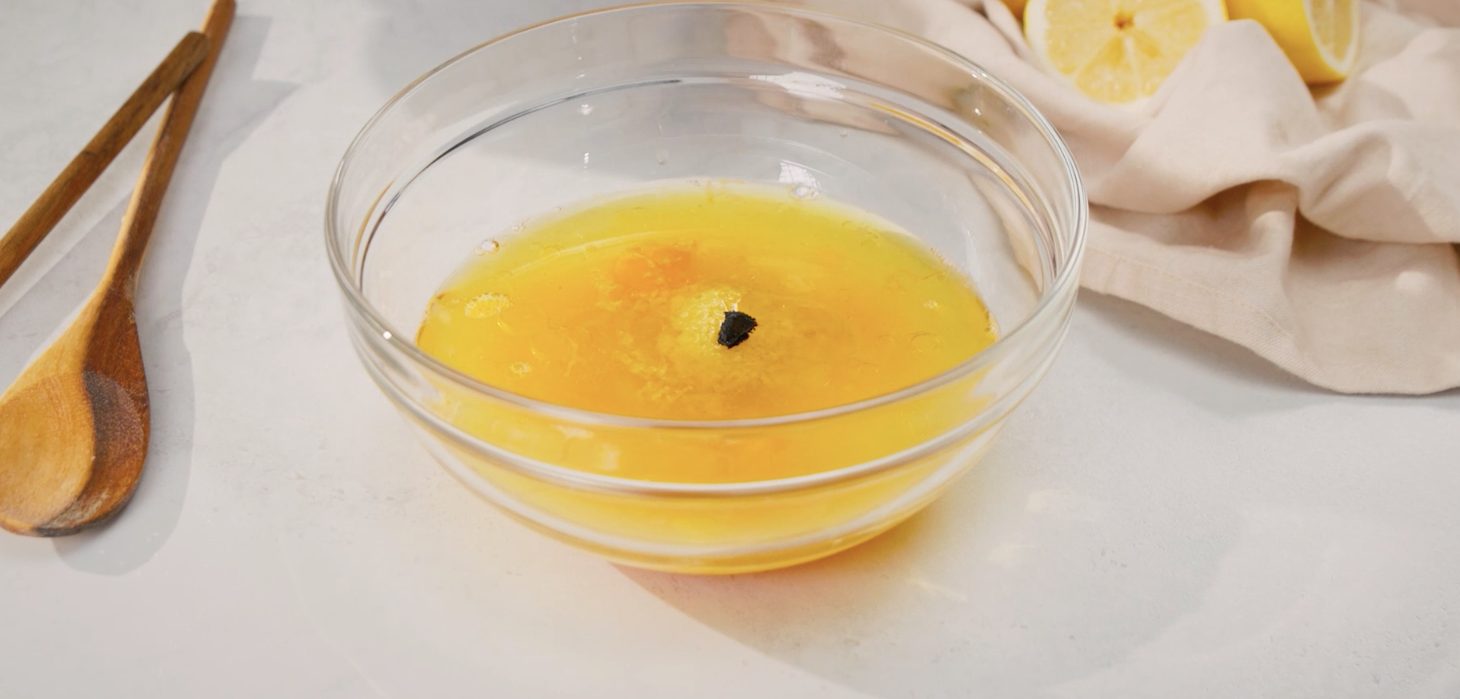;Resize,width=712;)
In another bowl, whisk together the egg yolks, water, vegetable oil, lemon zest, and vanilla until smooth.
In another bowl, whisk together the egg yolks, water, vegetable oil, lemon zest, and vanilla until smooth.
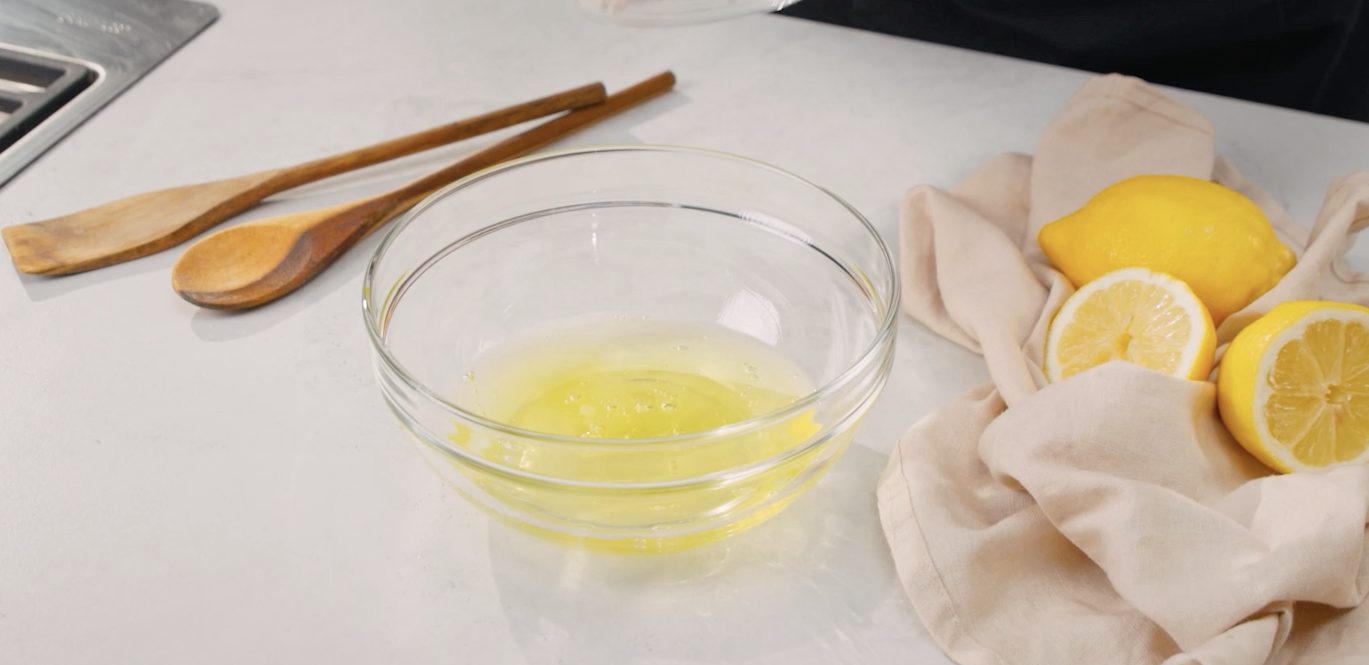;Resize,width=712;)
In a separate bowl, beat the egg whites until frothy.
In a separate bowl, beat the egg whites until frothy.
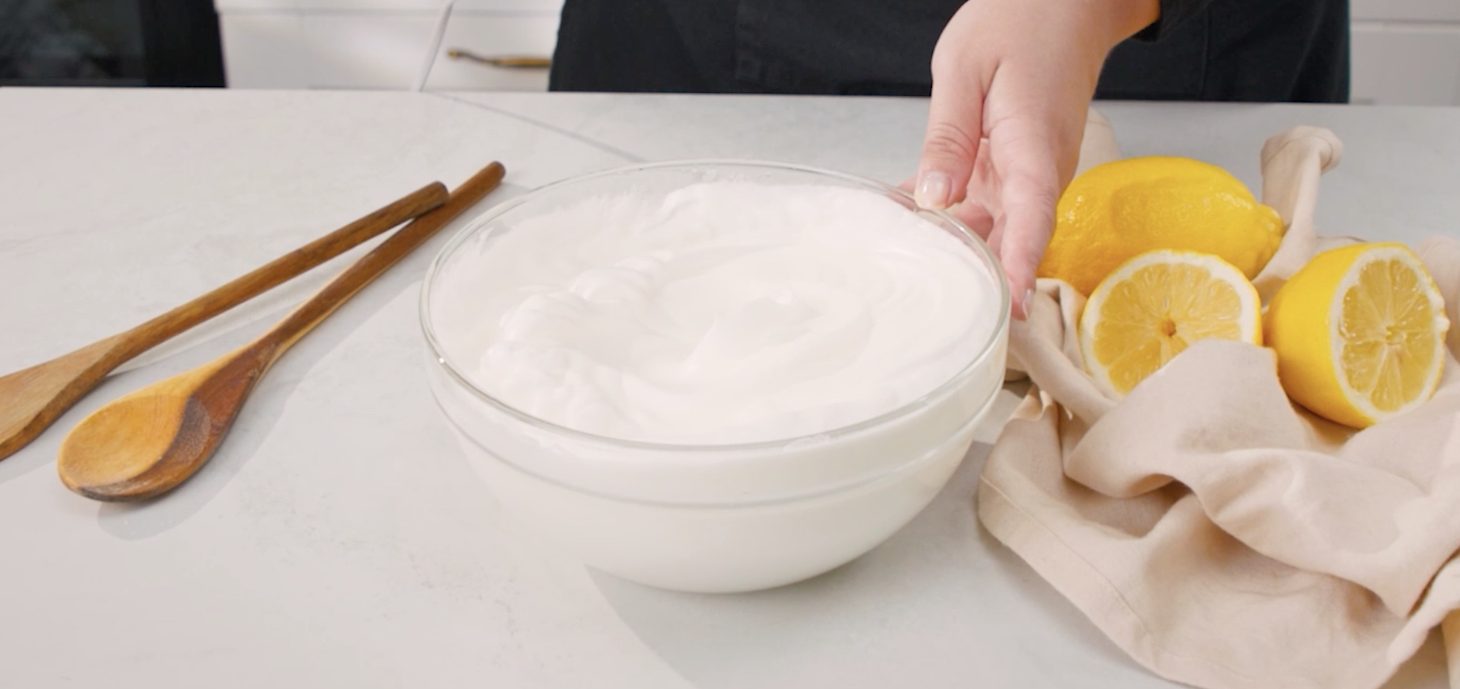;Resize,width=712;)
Add the cream of tartar and continue whipping until stiff peaks form.
Add the cream of tartar and continue whipping until stiff peaks form.
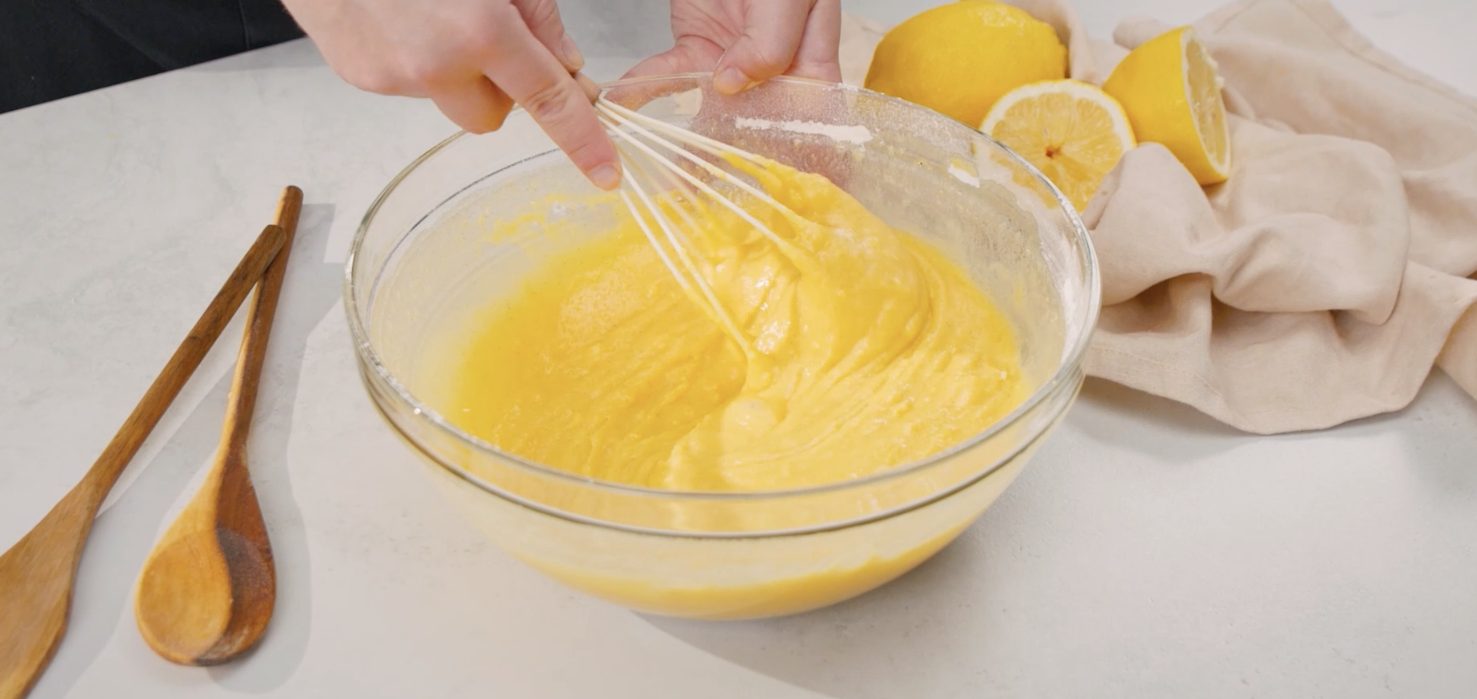;Resize,width=712;)
Gradually add the yolk mixture to the dry ingredients, stirring until well incorporated.
Gradually add the yolk mixture to the dry ingredients, stirring until well incorporated.
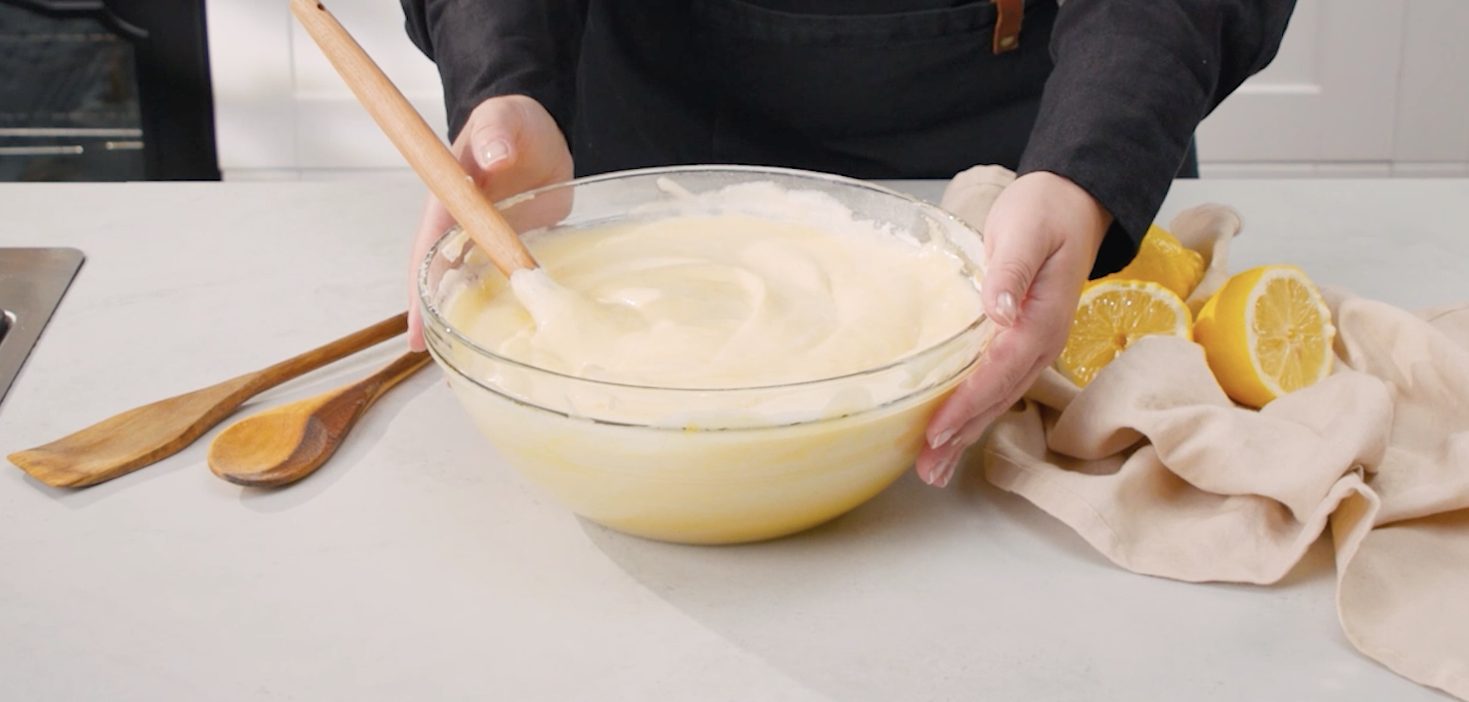;Resize,width=712;)
Gently fold the whipped egg whites into the batter using a spatula, being careful not to deflate the mixture.
Gently fold the whipped egg whites into the batter using a spatula, being careful not to deflate the mixture.
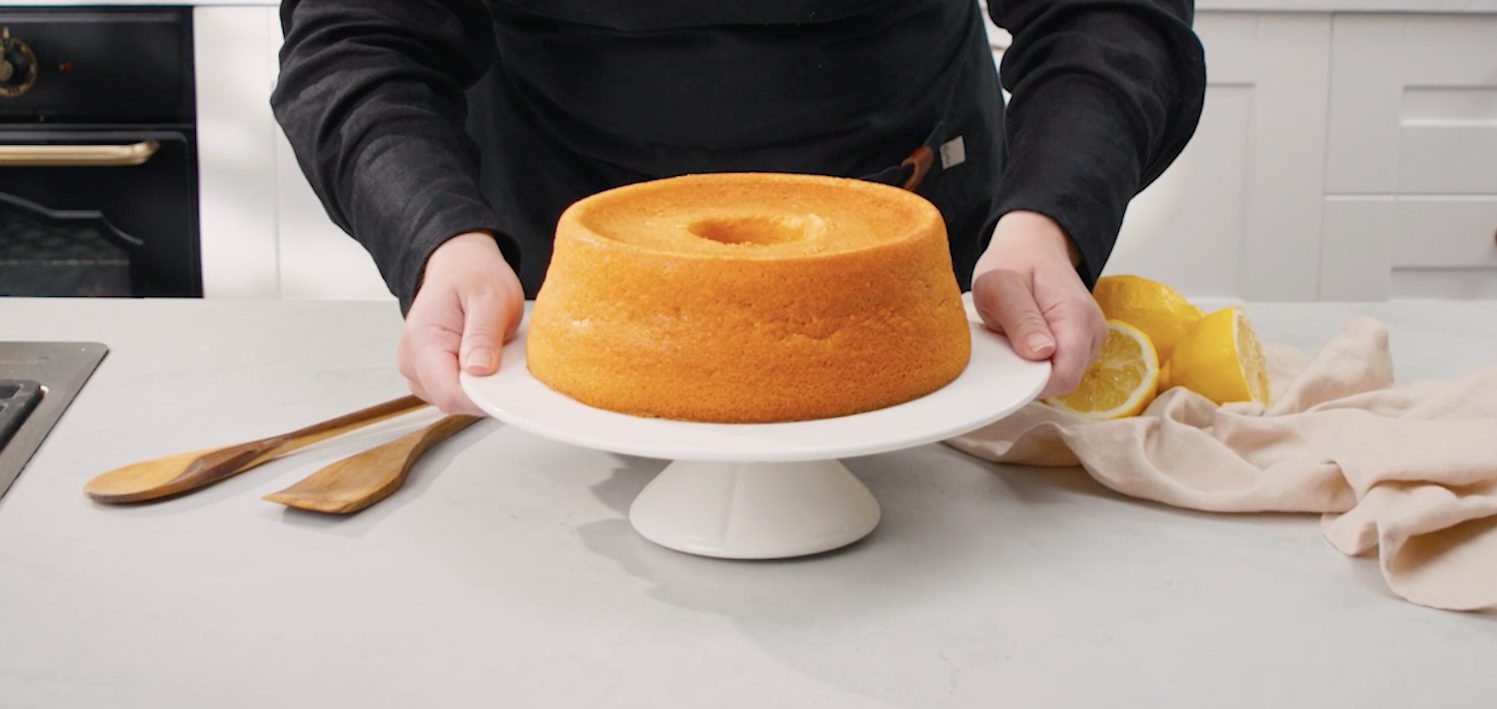;Resize,width=712;)
Pour into the mold and bake at 165°C (330°F) for about 55 minutes. Check doneness with a toothpick. Invert the pan and let the cake cool completely before removing it.
Pour into the mold and bake at 165°C (330°F) for about 55 minutes. Check doneness with a toothpick. Invert the pan and let the cake cool completely before removing it.
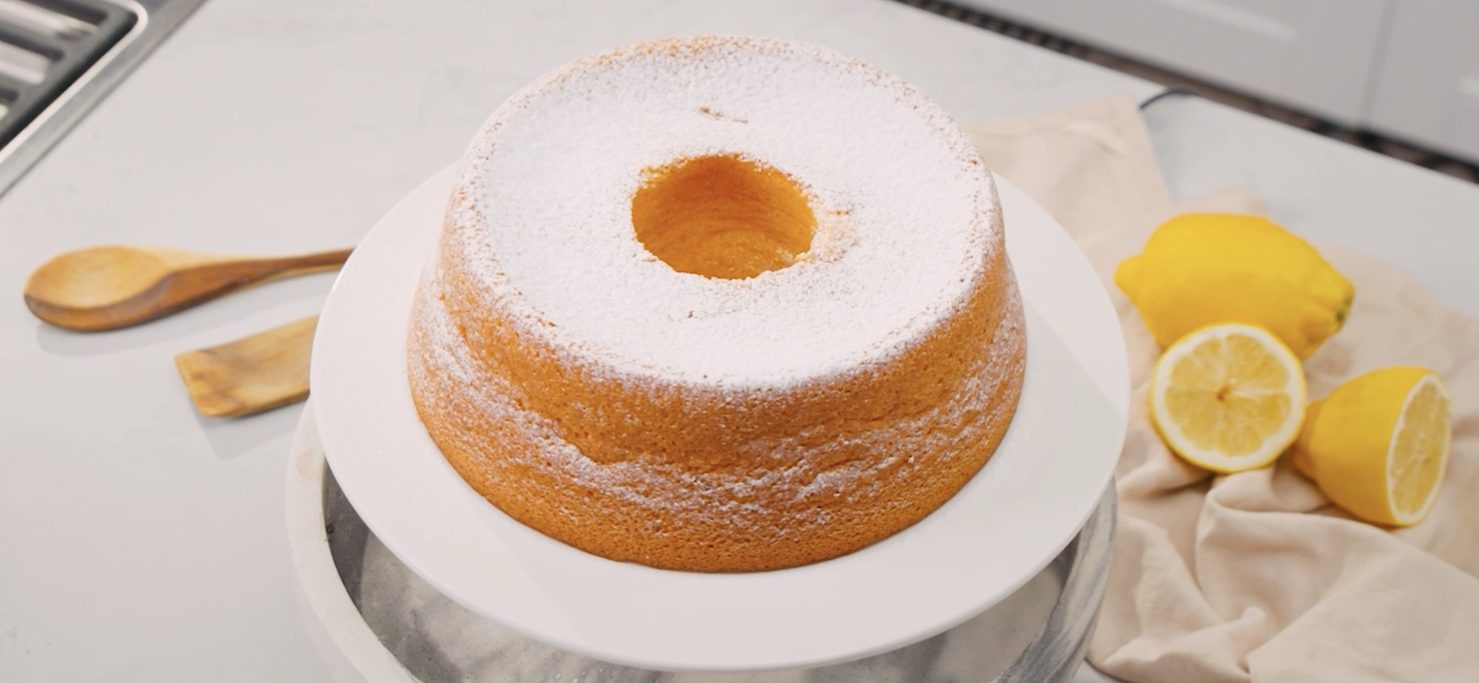;Resize,width=712;)
Dust with powdered sugar and enjoy your ultra-fluffy chiffon cake.
Dust with powdered sugar and enjoy your ultra-fluffy chiffon cake.
;Resize,width=767;)

;Resize,width=712;)
;Resize,width=712;)
